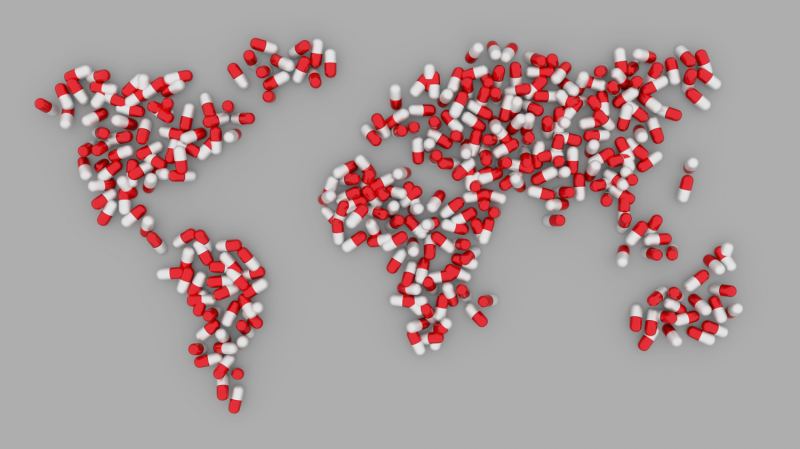For opiate addiction, study finds drug-assisted treatment is more effective than detox

Say you're a publicly insured Californian with an addiction to heroin, fentanyl or prescription narcotics, and you want to quit.
New research suggests you can do it the way most treatment-seeking addicts in the state do - by undergoing a medically supervised "detoxification" that's difficult, expensive and highly prone to failure.
Or you can try to quit the way that addiction researchers now widely agree it should be done (but rarely is): by combining abstinence programs with long-acting opioid medications such as methadone and buprenorphine, which allow patients to slowly wean themselves off their dangerous habit.
Neither method is easy, nor by any means failure-proof. But for each patient funneled into the second form of treatment, known as opioid agonist treatment, instead of the first, a study published Monday shows that taxpayers could reap substantial savings - $78,257 a person. And the patients themselves stand to gain longer and better lives.
Deep into a crisis of opioid addiction that claims 91 lives a day and holds close to 2.6 million Americans in its grip, the United States continues to suffer a yawning gap between what it knows about treatment and how the opiate-addicted are actually treated.
Close to 80 percent of those with an opioid-use disorder weren't getting any treatment at all in 2015. Of the small sliver of those who did get some treatment, fewer than half in California got the kind of open-ended opioid agonist treatment that addiction researchers widely agree is most likely to lead to abstinence.
In fact, California, the state with the nation's largest population of people with opiate addiction, still has regulations on the books that favor detox over opioid agonist treatment. For patients who are publicly insured, the state requires proof that a patient has tried detoxing two times or more and subsequently relapsed before it will pay for treatment with methadone or buprenorphine.
California's Society of Addiction Medicine has said that medically managed withdrawal by itself should not be considered treatment of opioid use disorder. And exemptions to the state's requirement are thought to be widely granted. Still, the language remains.
Published Monday in the Annals of Internal Medicine, the new study underscores that public policies that limit access to treatments such as methadone or buprenorphine don't just shortchange patients who need help quitting; they're costly to taxpayers footing the bill for their treatment as well.
If just one year's worth of treatment-seeking opiate addicts were to get opioid agonist therapy instead of detox, the societal savings over the patients' lifetimes would amount to $3.869 billion, the new study estimates.
Those patients would be in treatment longer, and the immediate cost of their treatment would increase, the new research finds. But over time, their increased likelihood of getting and staying clean would translate into lower downstream health care costs, a decreased likelihood of HIV infection (along with the costs of treating it), and less costly involvement with the criminal justice system.
"We believe our findings really do represent the reality in California," said the study's senior author, Bohdan Nosyk, a health economist with British Columbia's Center of Excellence in HIV/AIDs. "The findings were really robust and, as new people come in, the savings will accumulate. So the numbers are conservative."
Nosyk's co-authors included addiction and epidemiological experts from the University of California, Los Angeles' Integrated Substance Abuse Programs and the Veterans Affairs Greater Los Angeles Healthcare System of Los Angeles.
In an editorial published alongside the study Monday, Drs. Jeanette M. Tetrault and David A. Fiellin said the new research strongly suggests that lawmakers should be using their policy clout to promote outpatient clinics that treat opiate addicts in their communities rather than costly inpatient units where patients go to detox.
"Threats to health care funding may have lasting consequences, especially if lawmakers do not heed the most science-based and policy-applicable data as decisions are being made," wrote Tetrault and Fiellin, both Yale University internists with interests in addiction medicine.
©2017 Los Angeles Times
Distributed by Tribune Content Agency, LLC.

















